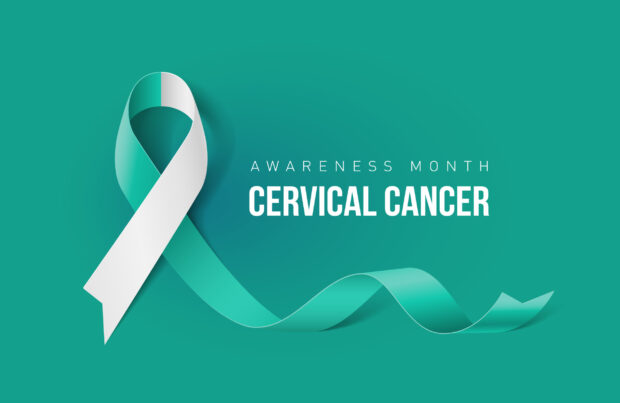With a national action plan, cervical cancer could be a thing of the past
In the Philippines, cervical cancer kills 11 Filipinas every day. It is the second most common cancer afflicting women in their prime years – those between the ages of 15 and 44. It is typically caused by the human papillomavirus (HPV), a common sexually transmitted infection.
In terms of mortality-to-incidence ratio, cervical cancer trumps breast cancer among the cancers that affect women. Globally, cervical cancer has a 52% mortality-to-incidence ratio compared to breast cancer, which currently stands at 37%. This reflects not only the number of deaths due to the disease, but also the existing inequities when it comes to cancer control programs.
Despite this alarming reality, cervical cancer is one of the most preventable and successfully treatable forms of cancer, if it is detected and diagnosed early, and managed effectively. In fact, cervical cancer can be the first cancer to be eliminated if public health authorities act now to achieve this goal.
The understanding of HPV and its connection to cervical cancer has been a breakthrough toward disease control. It has enabled the development of effective preventative measures such as HPV vaccines, enhanced screening methods, and early detection, thereby increasing the likelihood of successful treatment and survival for women.
While remarkable advances in innovation had been made, it is critical to ensure that these lifesaving measures are accessible to girls and women in various socioeconomic backgrounds. Accessibility to HPV vaccines, cervical cancer screening, and treatment is the genuine power of concrete actions.
Having a national cervical cancer elimination plan can help alleviate the burden of the disease so that 11 Filipinas dying every day could be a thing of the past.
The need for a national cervical cancer elimination plan
The Philippine Cervical Cancer Elimination Movement (CCEM) is a civil society organization working tirelessly with various stakeholders to raise awareness on the prevention, treatment, and elimination of cervical cancer. Recently, the CCEM urged the national government to strengthen public health efforts under the National Integrated Cancer Control Program (NICCA), either through bilateral health cooperation or public-private partnerships, but all within the framework of a national action plan with clear commitments and timelines.
“We hope that the national government issues a definitive statement on cervical cancer elimination, with targets and clear timelines,” says Alvin Manalansan, co-convenor of the CCEM. In doing so, the Philippines can enhance and strengthen its investments in preventing, screening, and treating cervical cancer, as well as in research and development, technical collaboration, and human capital development.”
For a national action plan, the Philippines can build on the targets set by the WHO’s global strategy for cervical cancer elimination, as well as the APEC Cervical Cancer Roadmap (2021-2025). Launched in November 2020, with targets set for 2030, the WHO’s global strategy aims to achieve the following:
- Vaccination: Fully vaccinate 90% of girls with the HPV vaccine by the age of 15;
- Screening: Screen 70% of women by age 35 and again by age 45; and
- Treatment: Treat 90% of women with pre-cancer and manage 90% of women with invasive cancer.
Eliminating cervical cancer is also part of the APEC’s vision for women and girls to live healthy and productive lives. In March 2023, the APEC Health Working Group reported that, while APEC economies have made significant progress towards achieving the WHO’s targets, none have reached all three targets for vaccination, screening, and treatment.
The 21 APEC economies are successful in reaching targets for cervical cancer treatment. However, to reduce the incidence of cervical cancer, the APEC Health Working Group insists on increasing investments and uptake of HPV vaccination and cervical cancer screening. In the Philippines alone, fewer than 1 in 10 girls have received their final HPV vaccination dose, while fewer than 1 in 10 women have been screened for cervical cancer in the last five years.
Indeed, the Philippines can do more to increase the uptake of HPV vaccination by the government making sure that anti-cervical cancer vaccines are more accessible to the young girls who need them the most.
In the fight against cervical cancer, all sectors must collaborate. Collectively, we can equip women with the tools they need to fend off this devastating disease. By driving a concerted national action plan across the pillars of HPV immunization, screening, and treatment, the Philippines could eliminate cervical cancer by 2064.
ADVT.
